All about Buttercream Frosting and How to Make 6 Different Types
A while ago I found very helpful information on buttercream frosting (shared by Food 52’s writer and baking consultant, Erin McDowell). She explained some things about buttercream that I didn’t know. I’m passing this on in case you don’t, either:
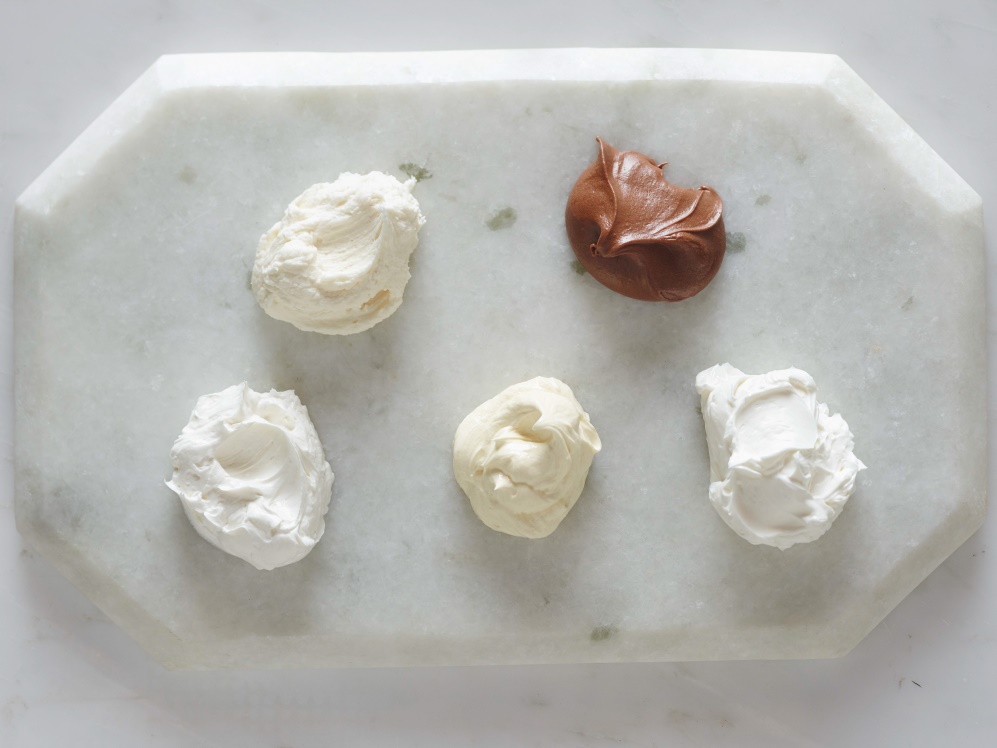
“Not all buttercreams are created equal—different recipes use different ingredients and methods and can therefore yield some pretty different results.” So here are Erin’s general guidelines:
Use room-temperature ingredients. Just as room-temperature eggs whip up more efficiently, room-temperature butter incorporates better with less chance of separation, and room-temperature flavorings (like cooled melted chocolate, a small amount of fruit purée, etc) maintains the texture of the finished buttercream without overly thickening or thinning it.
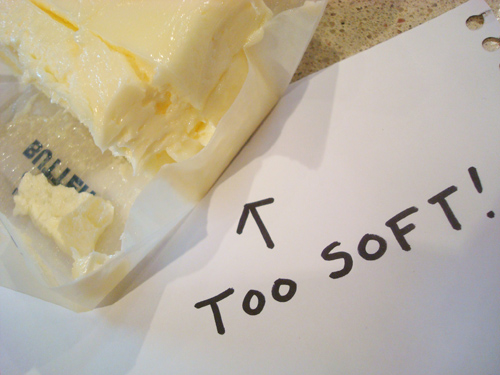
But avoid butter that’s too soft. Butter that’s too soft is much more likely to cause separation or a curdled look in the mixer. You want it soft enough so you can easily break off pieces, but not so soft that it the exterior appears melty or overly greasy.
Know that separation can happen. Certain buttercream recipes can look separated or curdled during the process. Usually, continued vigorous mixing fixes this—so proceed as the recipe directs; don’t fret if things look messy somewhere in the middle.
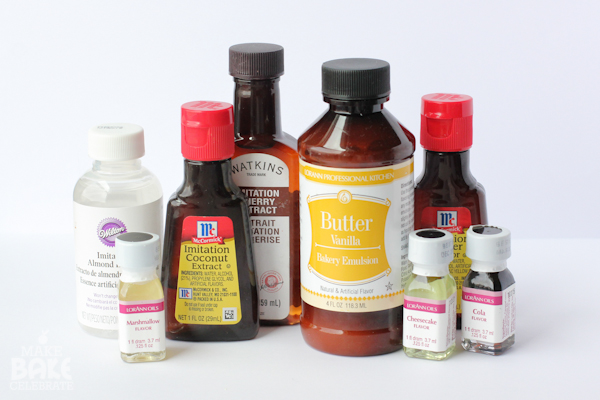
Know when and how to add flavoring and coloring. Extracts can be added anytime without worry of altering the recipe. But when and how to add other flavorings varies, based on the recipe. Coffee, tea, or herbs can be infused into some recipes (such as pudding-style buttercream), whereas ingredients like vanilla bean are added to sugar syrups as they cook (as in Italian buttercream). Chocolate and fruit purée are usually mixed in at the very end and can be added to nearly any kind of buttercream recipe.
When adding food coloring, just note that some buttercreams are more white than others, which makes them better for cleanly taking on other colors.
Store it properly. Buttercream can be refrigerated for up to 1 week. Just as for butter, use an airtight container so it doesn’t take on other flavors in the fridge. It reconstitutes best by bringing it to room temperature then transferring it to a metal bowl. Whip the frosting, occasionally applying heat to the side of the bowl with a kitchen torch. No kitchen torch? Just heat the bowl over a small pot of barely simmering water for a few moments then continue beating. Continue this gentle heating/mixing process until the buttercream’s texture is smooth.
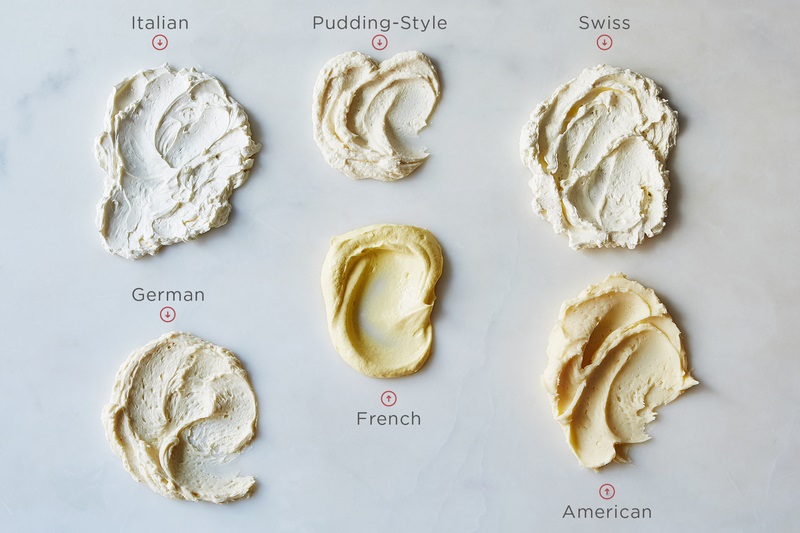
With buttercream basics understood, let’s look at the 6 different types:
1. American Buttercream is the easiest to make. Relatively thick and dense, very sweet and rich, it's made by creaming butter with confectioners' sugar until it’s spreadable. Vanilla extract is the flavoring of choice. Adding a small amount of room-temperature milk or cream gives makes it silkier.
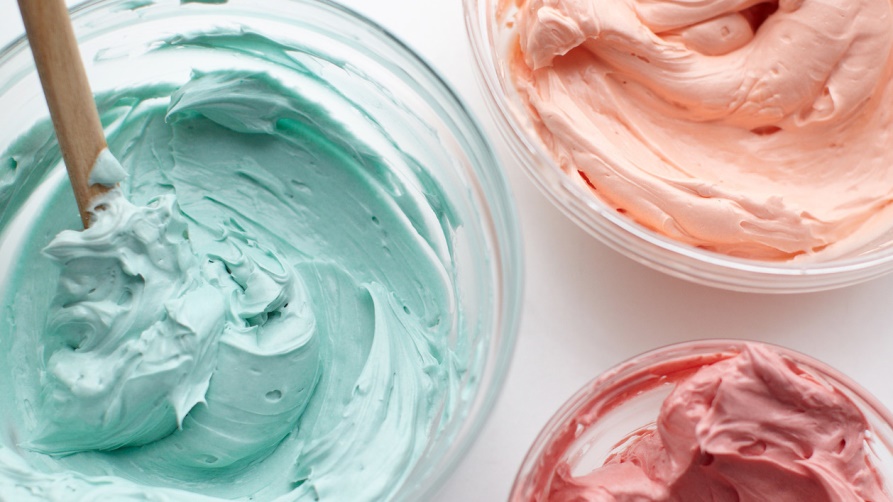
2. Swiss Buttercream uses Swiss meringue as a base. Heat egg whites and sugar over a pot of barely simmering water until they reach 160° F (this heats them to a temperature safe for consumption—they’re no longer raw). Whip this mixture to stiff peaks and until it's no longer warm, then incorporate room-temperature butter until the frosting is light and smooth. This light textured frosting is a great choice for layer cakes. Being relatively white in color, it’s a best choice for coloring.
3. Italian buttercream is similar to Swiss buttercream, except it uses an Italian meringue as a base. Cook sugar and water to 240° F; beat egg whites to soft peaks. Add the hot sugar syrup to the egg whites ("cooking" them, so they’re no longer raw). Whip the meringue to stiff peaks until it's no longer warm. Mix in room-temperature butter until the frosting is light and smooth. Use it as you would Swiss buttercream (when wanting to add color or build tall layer cakes). If you like a beautiful, glossy meringue, opt for Italian over Swiss.
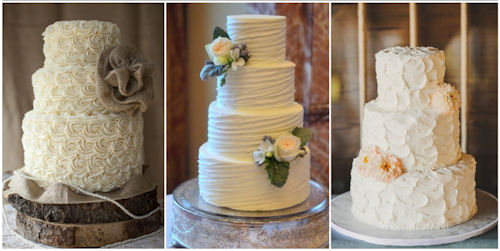
4. French buttercream uses a similar method to Italian, but the base is a mixture of whole eggs and egg yolks (also known in the pastry world as a pâte à bombe and frequently used as a base for mousse). The whole eggs and yolks makes it noticeably richer in color, texture, and flavor. Cook sugar and water to 240° F, and add the egg mixture with the mixer running. Once the mixture is fully aerated and cool, mix in room-temperature butter and mix until light and smooth. It’s delicious nd rich enough to stand on its own in small quantities but light and airy enough to be used for layer cakes. It’s only drawback is that it doesn’t color well.
5. German buttercream uses pastry cream as a base. The finished, cooled pastry cream is then whipped, and room temperature butter is added until the mixture is light and smooth. Sometimes, a small amount of confectioners' sugar is added to maintain the right texture on the finished buttercream. This rich, nicely textured frosting isn’t the best for icing the outside of cakes, but it does well between layers (it makes great “naked cakes”) and stuffing on the inside of cupcakes, doughnuts and cream puffs. Because you start with pastry cream, it’s easy to infuse the milk with a variety of flavors (lavender, coffee, tea, vanilla bean, etc).
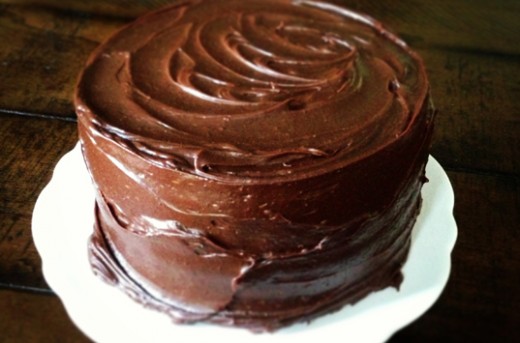
6. Pudding style buttercream has a variety of names, but calling it “pudding-style" suffices. Start with a starch-thickened dairy base that's similar to pudding. This provides the bulk of flavor to the finished buttercream. Just make and cool your pudding then whip room-temperature butter into it until light and smooth.
This buttercream is one of the most under-utilized. Considered “old-fashioned,” home cooks ditched it in favor of the simpler American buttercream. But pudding-style frosting provides so many options; it’s great for making exciting flavors, like dark chocolate, caramel, or butterscotch: Just start with the pudding and go from there. In general, you will want your pudding for buttercream a bit thicker than you might for just eating, so if you’re using a favorite recipe, up the starch by 5 to 10%. Here’s the recipe:
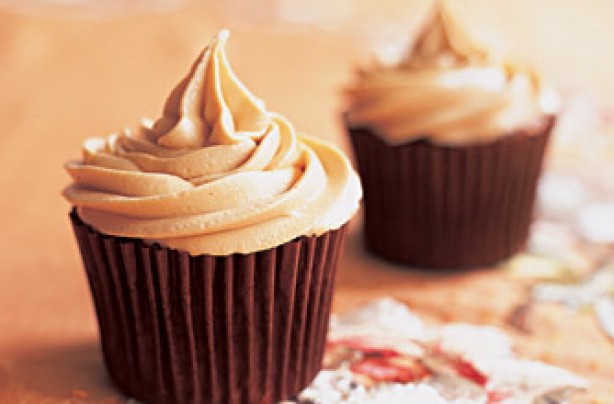
PUDDING-STYLE BUTTERCREAM FROSTING
8 ounces (1 cup) whole milk
1 cup plus 2 tablespoons sugar, divided
1/3 cup all-purpose flour
1 cup unsalted butter
1 ½ teaspoons vanilla extract
In a small pot, bring the milk (or other liquid) and half the sugar to a simmer over medium heat. In a small heat-safe bowl, whisk the remaining sugar and flour to combine.
When the milk is hot, pour a small amount into the flour mixture, whisking constantly. Return the mixture to the pot of milk and whisk thoroughly. Continue to cook over medium-low heat until the mixture comes to a boil—large bubbles should emerge from the center of the pot.
Remove the pot from the heat and transfer to a shallow bowl. Cover directly with plastic wrap, and chill in the refrigerator for at least 1 hour.
Transfer the cooled pudding to the bowl of an electric mixer fitted with the whisk attachment and whip for 1 to 2 minutes to aerate. With the mixer running, gradually add room-temperature butter in 1/2-tablespoon chunks. Continue adding and mixing until all of the butter is added and the buttercream is light and smooth.
Beat in the vanilla and mix to combine. The buttercream can be used immediately or refrigerated in an airtight container.
- www.pinterest.com
- www.crafsty.com
- www.makebakecelebrate.com
- www.food52.com
- www.marthastewart.com
- www.littlethingsfavors.com
- www.blog.kitchenaid.com
- www.goodtoknow.co.uk
 Alice Osborne
Alice Osborne
Weekly Newsletter Contributor since 2006
Email the author! alice@dvo.com
